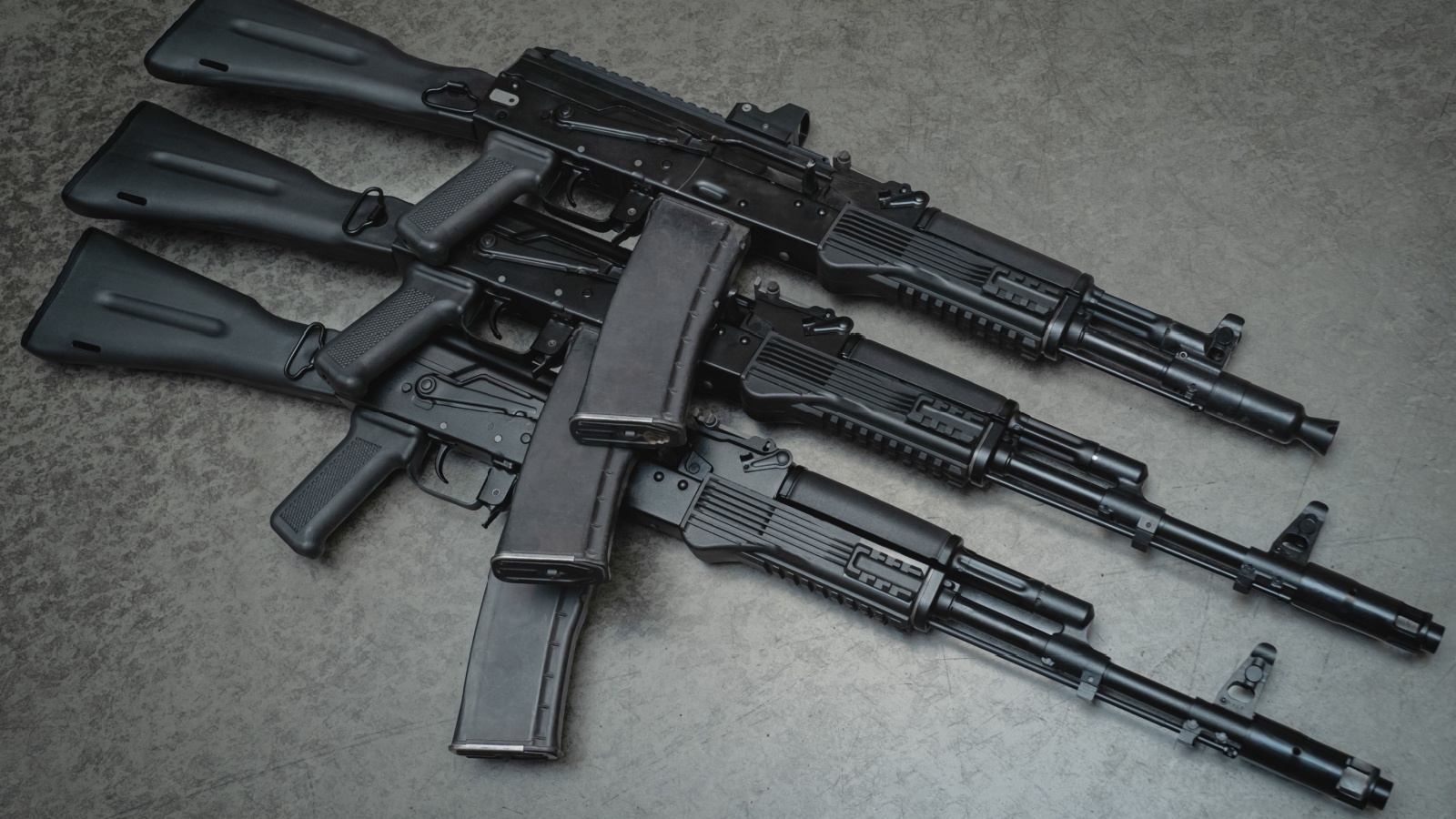The topic of assault weapons bans divides America, causing debates about safety and constitutional rights. These laws aim to limit military-style firearms and raise questions about balancing public safety with individual freedoms. In this article, we’ll take a detailed look at the states that have these bans in place. We’ll explore the reasons behind these laws, the criteria for what counts as an “assault-style weapon,” and the ongoing discussions they spark. Understanding these bans can help you see both sides of the debate and how they impact gun owners and the community.
California

California set the precedent in 1989 with its assault weapons ban. This law bars owning, making, selling, or bringing in specific guns and features. Critics argue this infringes on Second Amendment rights, unfairly targeting law-abiding gun enthusiasts.
Connecticut

The 2012 Sandy Hook tragedy led Connecticut to broaden its 1993 assault weapons ban. Now, selling over 150 types of assault weapons is banned, and magazine capacity is capped at 10 rounds. Detractors believe these restrictions infringe on individual freedoms without effectively stopping gun violence.
Delaware

Delaware joined the list in 2022, banning assault-style weapons from being owned, made, sold, or transferred. Those opposed to the ban argue it violates constitutional rights and fails to tackle the root causes of gun-related crimes.
Hawaii

Hawaii has prohibited assault-style weapons since 1992, focusing on pistols. Critics point out the ban’s significant impact on rural communities and question its necessity due to Hawaii’s unique location.
Illinois

Illinois’ 2023 legislation bans owning, making, selling, or buying assault-style weapons. The law faces criticism for low compliance and concerns over its real impact on reducing gun violence, suggesting it burdens lawful gun owners without addressing broader safety issues.
Maryland

Since 2013, Maryland has prohibited the sale or transfer of assault weapons and magazines over 10 rounds, though pre-ban owners can keep their firearms. This compromise has sparked debates about its effectiveness in reducing the number of existing weapons versus the impact on new purchases.
Massachusetts

With one of the tightest policies since 1998, Massachusetts limits the sale of certain weapons and magazines. The stringent licensing process has been criticized for deterring lawful ownership without clearly enhancing public safety.
New Jersey

Since 1990, and more rigorously in 2018, New Jersey has demanded assault weapon registration, with non-compliance risking felony charges. This has raised concerns about the measures being more punitive than preventive, questioning their impact on gun violence.
New York

Post-Buffalo shooting, New York’s SAFE Act banned private assault weapon sales. Critics highlight the law’s potential unfairness to upstate, more gun-friendly residents and debate its effectiveness in curbing gun incidents.
Washington

Washington’s recent laws ban sales or transfers of semi-automatic rifles with military features. The criteria for “military-style” are seen as arbitrary, with critics arguing this approach misses the mark on addressing gun violence’s root causes.
Unclear Definitions Create Challenges

The term “assault weapon” lacks a consistent definition, complicating the enforcement of bans. Laws tend to focus on the weapon’s looks rather than its lethal capabilities. This vague definition opens loopholes, allowing similar firearms to remain legal due to minor design differences.
Issues with Existing Firearms

Current bans often overlook the numerous assault-style weapons already owned by the public. Allowing these firearms to remain with their owners doesn’t significantly decrease their prevalence, raising questions about the bans’ effectiveness in reducing gun violence without a plan to lessen the already available arsenal.
Shifting Focus from the Real Issues

Targeting specific firearm types doesn’t tackle the underlying causes of gun violence, including mental health, economic inequality, and other societal issues. Critics believe that this narrow focus diverts necessary resources away from broader, more effective violence prevention strategies, potentially failing to make a meaningful dent in gun-related crimes or mass shootings.
Compliance and Enforcement Obstacles

The effectiveness of assault weapon bans is further diluted by widespread non-compliance and the logistical hurdles of enforcement. Especially in areas with stringent gun laws, there’s a notable lack of adherence to new classifications, complicating efforts to identify and manage non-compliant firearm owners and stretching already thin enforcement resources.
Best Hunting Rifles of the Last 50 Years

Choosing the “best” hunting rifle is a pretty personal thing. We all have different opinions and preferences on what we like to hunt with. But still, over the last 50 years, there have been some remarkable weapons. Over the past half-century, the evolution of hunting rifles has seen so many innovations, catering to a wide range of needs from the casual deer hunter to the adventurous big-game enthusiast. What’s your favorite hunting rifle? Which weapons deserve a spot on this list?
- Read More: Best Hunting Rifles of the Last 50 Years
14 Most Versatile Hunting Cartridges

With almost 16 million hunters in the United States, and with such a huge range of game to hunt, the right rifle and the best cartridge is critical. We have some of the most diverse ecosystems on the planet, with animals ranging from tiny squirrels to gigantic moose. The cornerstone of a successful hunt lies in the hunter’s skill and knowledge but also in the choice of ammunition. The right cartridge can make all the difference, offering the power needed for a clean, humane kill without compromising the quality of the game.
- Read More: 14 Most Versatile Hunting Cartridges
38 Things Every Prepper Should Stockpile That Aren’t Water, Food, or Weapons

This list extends beyond the basic survival trio of water, food, and weapons. It’s a given that we need to stock up on water, food, and a way to defend ourselves and what we have. But what other things will you need in a survival situation? None of us truly knows what TEOTWAWKI will really look like, although most of us have theories we think most likely. But whatever the situation is, there are certain supplies that it just makes sense to have on hand, aside from the obvious trio I mentioned above.

